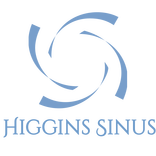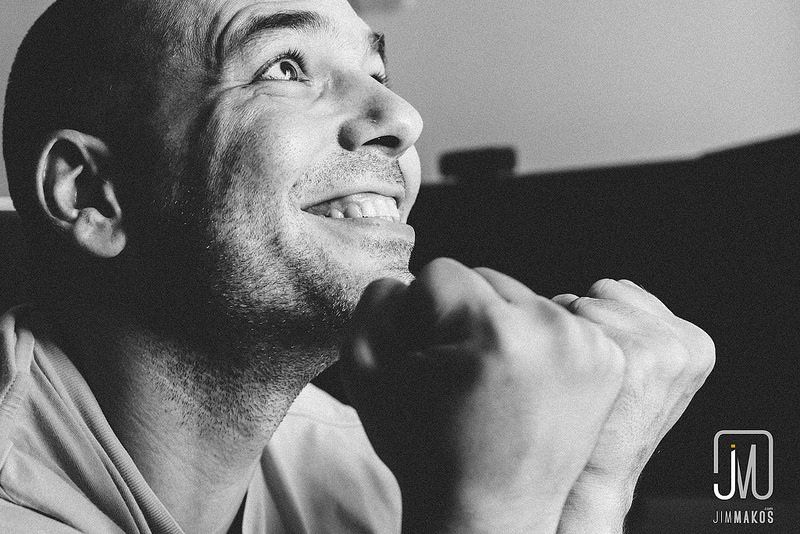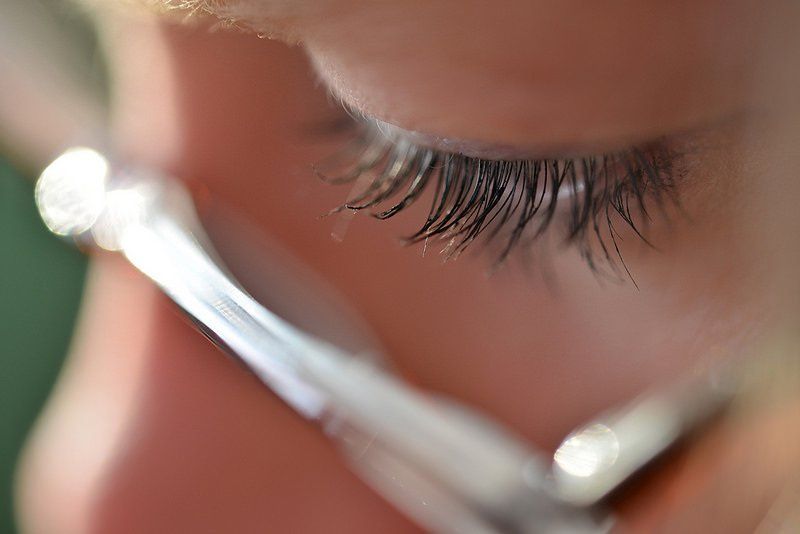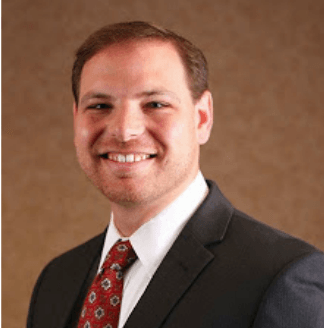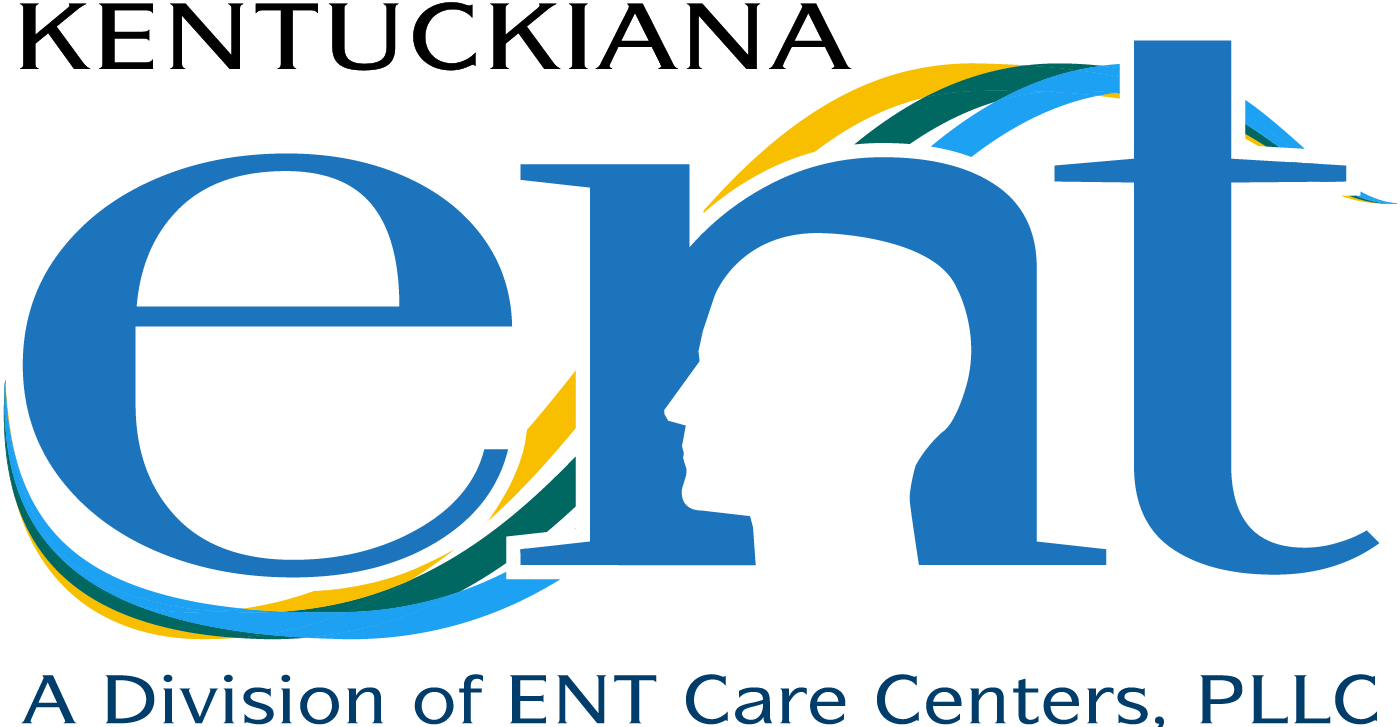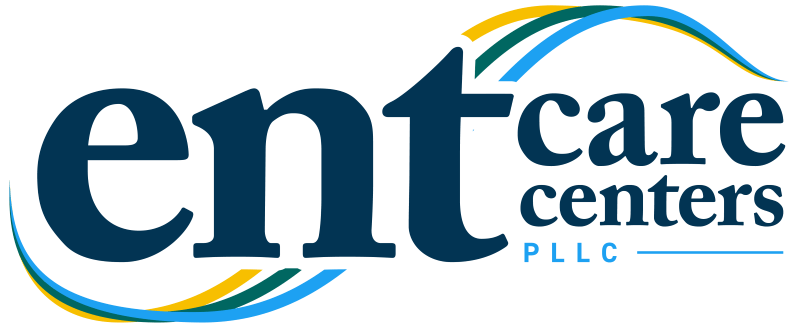Endoscopic Septoplasty
Endoscopic septoplasty corrects a deviated septum that narrows the airway of the nose and has consistent healing results. Let us fix your nasal congestion!
What is a Septoplasty?
When the deviated septum is severe enough to cause obstruction of the nasal passages, surgery may be needed to straighten the septum, which called a septoplasty. During a septoplasty, an incision is made inside the nose and the lining is gently elevated off the cartilage and bone. The deviated portions of cartilage and bone are then removed to allow straightening of the septum. The lining is then sutured back together.
What is a deviated septum?
The nasal septum is the structure that divides the nasal passages in the center. It is composed of cartilage and bone with a lining on each side, called mucosa. A deviation of the nasal septum is actually common; however, it does not always cause symptoms. The septum may deviate during development or from trauma. The septum may also become deviated from weakening of the tissues of the nose as we age. A septal spur is a type of septal deviation that is a triangular projection of cartilage or bone that protrudes into the nasal passages. Some have described the septal spur as a potential cause of sinus headaches.
How is an endoscopic septoplasty performed?
An endoscopic septoplasty is a minimally invasive approach to correct a deviated septum for patients who cannot obtain relief with medicines. A small camera is used in between the surgical flaps to gently remove the deviated portions of the septum under direct visualization. It is highly effective, precise, and usually requires to nasal packing.
What are the benefits of endoscopic septoplasty?
The benefits of endoscopic septoplasty are its effectiveness, preciseness, and lack of nasal packing.
Precise
Septoplasty may be performed the traditional method with a headlight and the naked eye or the newer precise method using an endoscope for magnified visualization. Dr. Thomas Higgins performs these surgeries endoscopically because he feels the technique allows him to avoid complications and ensure a complete surgery.
What are the risks of sinus surgery?
Complications after septoplasty are rare, but it is important to assess the risks and benefits with your surgeon prior to undergoing any surgery.
Some of the risks of septoplasty include:
- Nosebleeds
- Risks of anesthesia
- Infection
- Septal perforation
- Scarring
- Loss of smell
- Loss of taste
- Injury to eyes or vision loss
- Brain fluid leak
While surgeries have risks, complications may be minimized by taking precautions and make sure that you are under the care of a qualified and experienced surgeon.
Need Help with a Deviated Septum?
Frequently Asked Questions
